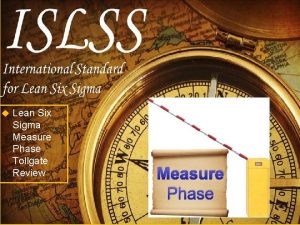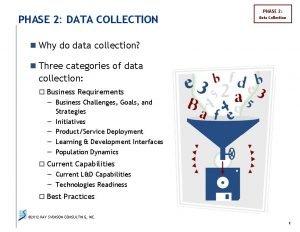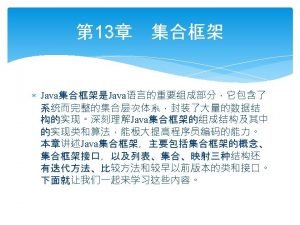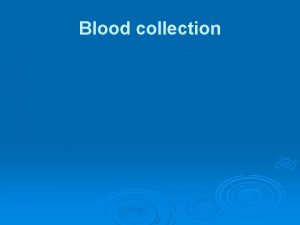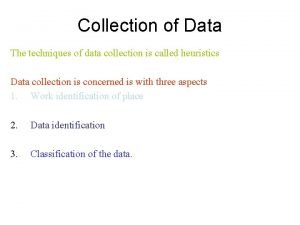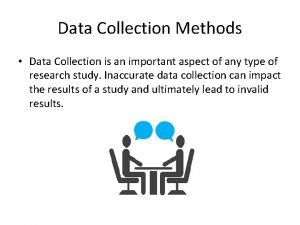PHASE 2 DATA COLLECTION PHASE 2 Data Collection








- Slides: 8

PHASE 2: DATA COLLECTION PHASE 2: Data Collection n Why do data collection? n Three categories of data collection: o Business Requirements — Business Challenges, Goals, and Strategies — Initiatives — Product/Service Deployment — Learning & Development Interfaces — Population Dynamics o Current Capabilities — Current L&D Capabilities — Technologies Readiness o Best Practices © 2012 RAY SVENSON CONSULTING, INC. 1

BUSINESS REQUIREMENTS PHASE 2: Data Collection n Population dynamics n Business needs o Executive interviews o Initiative Leader interviews o Business Plan analysis o Products/services deployment n Learner needs o Focus group/interviews n Interface requirements o Interface analysis © 2012 RAY SVENSON CONSULTING, INC. 2

DEVELOP POPULATION FORECAST PHASE 2: Data Collection n Segment the population by o Function o Geography o Organization (e. g. , Business Units) o Levels/hierarchy n Collect data o Historical population by segment o New entries (growth plus turnover) n Forecast future o Population o Growth plus turnover These numbers drive the quantitative Learning & Development requirements © 2012 RAY SVENSON CONSULTING, INC. 3

PHASE 2: BUSINESS NEEDS ANALYSIS Data Collection What to Look For How to Find It n Business strategies and plans n Interview o Executives o Initiative Leaders o Product Managers n Major initiatives n Product/service deployment n Read documented plans n Performance and learning needs in the field n Conduct focus groups © 2012 RAY SVENSON CONSULTING, INC. 4

TECHNOLOGICAL READINESS PHASE 2: Data Collection n Technological readiness issues n Technological readiness assessment guide © 2012 RAY SVENSON CONSULTING, INC. 5

ASSESS CURRENT CAPABILITIES What to Look For How to Find It n Learning & Development organizations n Interviews PHASE 2: Data Collection in the company n Survey instruments n Services and products offered n Site visits n Processes followed n Assessment conference n Staff size and capabilities n Facilities n Information infrastructure n Budget n Governance/customer account management n Overall capacity n Quantitative and qualitative results © 2012 RAY SVENSON CONSULTING, INC. 6

PHASE 2: RESEARCH BEST PRACTICES Data Collection What to Look For How to Find It n Who is doing what that fits your n Literature search situation n Benchmarking consortia n Interviews n Site visits © 2012 RAY SVENSON CONSULTING, INC. 7

BARRIERS AND OBSTACLES PHASE 2: Data Collection n Some executives don’t want to give time for interviews n Scheduling interviews can be very difficult n It can be a difficult logistical issue to get benchmarking visits with other companies scheduled within a limited project timeframe n Population data can often be very hard to get in the form it is needed; it is often incomplete and inconsistent n When assessing current capabilities training staff have a tendency to overstate their capabilities n Working Team members don’t always know how to conduct interviews or facilitate focus group meetings n Executives may bring in project scope changes by adding people to the list of interviews © 2012 RAY SVENSON CONSULTING, INC. 8
 Data collection planning in the measure phase starts with
Data collection planning in the measure phase starts with Data collection phase
Data collection phase Landsat collection 1 vs collection 2
Landsat collection 1 vs collection 2 Documentary payment
Documentary payment Normal phase vs reverse phase chromatography
Normal phase vs reverse phase chromatography M tswett pronunciation
M tswett pronunciation Mobile phase and stationary phase
Mobile phase and stationary phase Mobile phase vs stationary phase
Mobile phase vs stationary phase Normal phase vs reverse phase chromatography
Normal phase vs reverse phase chromatography
